1,4-BUTANEDIOL BIS(3-AMINOPROPYL) ETHER
Synonym(s):1,4-Bis(3-aminopropoxy)butane;4,9-Dioxa-1,12-dodecanediamine;4,9-Dioxadodecanediamine
- CAS NO.:7300-34-7
- Empirical Formula: C10H24N2O2
- Molecular Weight: 204.31
- MDL number: MFCD00009802
- EINECS: 230-745-9
- SAFETY DATA SHEET (SDS)
- Update Date: 2023-04-23 13:52:06

What is 1,4-BUTANEDIOL BIS(3-AMINOPROPYL) ETHER?
Chemical properties
CLEAR COLOURLESS LIQUID
The Uses of 1,4-BUTANEDIOL BIS(3-AMINOPROPYL) ETHER
1,4-Butanediol Bis(3-Aminopropyl)ether is used in method for preparing Mannich base for use as epoxy resin curative, and method for preparing cured epoxy resin.
Hazard
A poison by skin contact. Moderately toxic by ingestion and inhalation.
Flammability and Explosibility
Non flammable
Safety Profile
A poison by skin contact.Moderately toxic by ingestion and inhalation. Whenheated to decomposition it emits toxic vapors of NOx.
Properties of 1,4-BUTANEDIOL BIS(3-AMINOPROPYL) ETHER
| Melting point: | 4.5 °C |
| Boiling point: | 134-136 °C4 mm Hg(lit.) |
| Density | 0.962 g/mL at 25 °C(lit.) |
| vapor pressure | 1 hPa (50 °C) |
| refractive index | n |
| Flash point: | >230 °F |
| storage temp. | Keep in dark place,Inert atmosphere,Room temperature |
| Water Solubility | Completely miscible in water |
| form | clear liquid |
| pka | 10.06±0.10(Predicted) |
| color | Colorless to Light yellow to Light orange |
| PH | 10 (100g/l, H2O, 20℃) |
| explosive limit | 1.3-4.9%(V) |
| BRN | 1750788 |
| CAS DataBase Reference | 7300-34-7(CAS DataBase Reference) |
| EPA Substance Registry System | 1-Propanamine, 3,3'-[1,4-butanediylbis(oxy)]bis- (7300-34-7) |
Safety information for 1,4-BUTANEDIOL BIS(3-AMINOPROPYL) ETHER
| Signal word | Danger |
| Pictogram(s) |
 Corrosion Corrosives GHS05  Exclamation Mark Irritant GHS07 |
| GHS Hazard Statements |
H314:Skin corrosion/irritation H317:Sensitisation, Skin H332:Acute toxicity,inhalation |
| Precautionary Statement Codes |
P261:Avoid breathing dust/fume/gas/mist/vapours/spray. P271:Use only outdoors or in a well-ventilated area. P280:Wear protective gloves/protective clothing/eye protection/face protection. P303+P361+P353:IF ON SKIN (or hair): Remove/Take off Immediately all contaminated clothing. Rinse SKIN with water/shower. P305+P351+P338:IF IN EYES: Rinse cautiously with water for several minutes. Remove contact lenses, if present and easy to do. Continuerinsing. |
Computed Descriptors for 1,4-BUTANEDIOL BIS(3-AMINOPROPYL) ETHER
New Products
4-AMINO-TETRAHYDRO-PYRAN-4-CARBOXYLIC ACID HCL 4-(Dimethylamino)tetrahydro-2H-pyran-4-carbonitrile 4-Aminotetrahydropyran-4-carbonitrile Hydrochloride (R)-3-Aminobutanenitrile Hydrochloride 3-((Dimethylamino)methyl)-5-methylhexan-2-one oxalate 1,4-Dioxa-8-azaspiro[4.5]decane 5-Bromo-2-nitropyridine Nimesulide BP Aceclofenac IP/BP/EP Diclofenac Sodium IP/BP/EP/USP Mefenamic Acid IP/BP/EP/USP Ornidazole IP Diclofenac Potassium THOMAIND PAPER PH 2.0 TO 4.5 1 BOX BUFFER CAPSULE PH 9.2 - 10 CAP SODIUM CHLORIDE 0.1N CVS ALLOXAN MONOHYDRATE 98% PLATINUM 0.5% ON 3 MM ALUMINA PELLETS (TYPE 73) LITHIUM AAS SOLUTION 2-Bromo-1-(bromomethyl)-3-chloro-5-nitrobenzene 2-Bromo-3-nitroaniline N-(3-Hydroxypropyl)-N-methylacetamide 3-Bromo-6-chloropyridazine 4-ethyl-3-nitrobenzoic acidRelated products of tetrahydrofuran

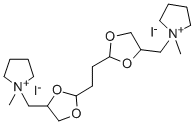
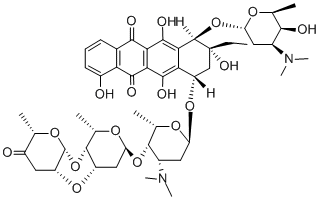
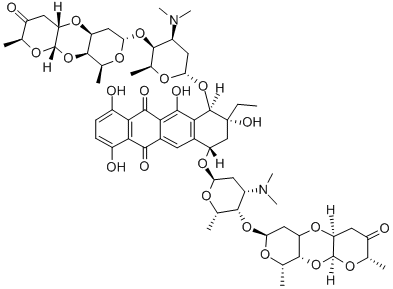
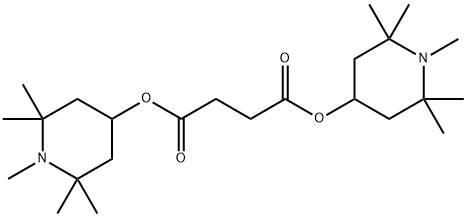
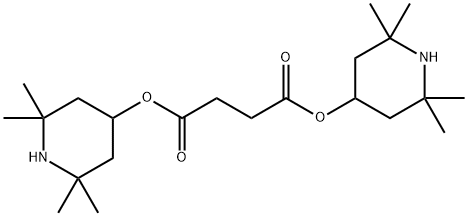
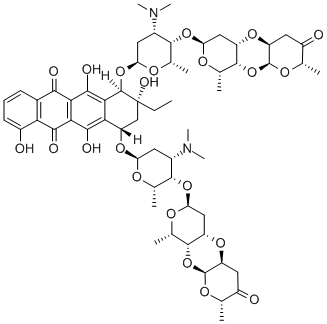
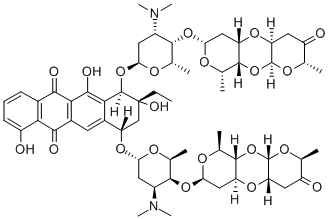
You may like
-
 1,4-Butanediol Bis(3-aminopropyl) Ether CAS 7300-34-7View Details
1,4-Butanediol Bis(3-aminopropyl) Ether CAS 7300-34-7View Details
7300-34-7 -
 4,9-Dioxa-1,12-dodecanediamine CAS 7300-34-7View Details
4,9-Dioxa-1,12-dodecanediamine CAS 7300-34-7View Details
7300-34-7 -
 1823368-42-8 98%View Details
1823368-42-8 98%View Details
1823368-42-8 -
 2-(3-(tert-butyl)phenoxy)-2-methylpropanoic acid 1307449-08-6 98%View Details
2-(3-(tert-butyl)phenoxy)-2-methylpropanoic acid 1307449-08-6 98%View Details
1307449-08-6 -
 Ethyl 3-(furan-2-yl)-3-hydroxypropanoate 25408-95-1 98%View Details
Ethyl 3-(furan-2-yl)-3-hydroxypropanoate 25408-95-1 98%View Details
25408-95-1 -
 2-Chloro-5-fluoro-1-methoxy-3-methylbenzene 98%View Details
2-Chloro-5-fluoro-1-methoxy-3-methylbenzene 98%View Details
1805639-70-6 -
 1784294-80-9 98%View Details
1784294-80-9 98%View Details
1784294-80-9 -
 Lithium ClavulanateView Details
Lithium ClavulanateView Details
61177-44-4
Statement: All products displayed on this website are only used for non medical purposes such as industrial applications or scientific research, and cannot be used for clinical diagnosis or treatment of humans or animals. They are not medicinal or edible.